Ttiul Seokgalbi Yuseong Branch (띠울 석갈비)
6.6 Km 5869 2024-03-28
1 Gyeryong-ro 141beon-gil, Yuseong-gu, Daejeon
Ttiul Seokgalbi is a restaurant specializing in seokgalbi (stone-grilled galbi). The menu includes seokgalbi, galbitang (galbi soup), and naengmyeon (cold buckwheat noodles). Seokgalbi features meat grilled over charcoal and served on a hot stone plate. Customers can choose between beef and pork. The meat is seasoned, offering a sweet and savory flavor that is enjoyable for everyone.
Sikjangsan Cultural Park (Sunrise Observatory) (식장산 문화공원(해돋이전망대))
6.6 Km 35273 2023-02-09
32-834, Secheongongwon-ro, Dong-gu, Daejeon
Sikjangsan (623.6 meters) is a mountain spanning three regions - Dong-gu of Daejeon, Gunbuk-myeon and Gunseo-myeon of Okcheon-gun. As the tallest peak in the city located in the southeastern part of Dong-gu, Daejeon, it stands proudly next to great mountains in neighboring regions such as Seodaesan, the tallest peak in Chungcheongnam-do (904 meters), and Daeseongsan, the tallest in Okcheon (705 meters). Home of a 4.82 million-square-meter large, natural ecosystem preservation forest designated by the city, Sikjangsan is an ecological repository featuring plants of 224 species, 45 varieties, 187 genera, and 78 families; 45 kinds of mammals such as roe deer, squirrels, wildcats, raccoons and bats; over 100 types of birds; reptiles; and amphibians.
Sikjangsan Cultural Park is an ecological park that continues from Secheon Park to Sikjangsan Sunrise Observatory. The cultural park was established at the peak of the mountain, which had been regarded as one of the best nightscape viewpoints in Daejeon. A traditional tower built inside the cultural park adds a sense of classical dignity. An observatory from which the entire city can be seen in a single view is also located here. People of all ages and genders visit the tower and observatory to enjoy the expansive view of Daejeon.
Legend Hotel (레전드호텔)
6.7 Km 8970 2021-02-26
21, Gyeryong-ro 141beon-gil, Yuseong-gu, Daejeon
+82-42-042-229-8000
Legend Hotel located in Yuseong Hot Springs Special Tourist Zone is a world-class hotel with five basement floors and eleven ground floors. The hotel has various experience zones including Geumsan Insam ginseng, Boryeong mud and more as well as a germanium hot springs to relieve any stress. The hotel has comfortable guestrooms, a large banquet hall, a coffee shop and restaurants.
Yuseong Foot Spa (유성 족욕체험장)
6.8 Km 2 2023-02-09
Bongmyeong-dong, Yuseong-gu, Daejeon
Yuseong Foot Spa located within Yuseong Hot Springs in Daejeon is a street foot spa site that uses 40°C natural hot spring water. Some 200 people can enjoy foot baths simultaneously at four-foot spas whose total area occupies 20,778 square meters. The foot spa is provided for free so that tourists who visit Daejeon can enjoy the hot springs with a light heart. Yuseong-gu Office pays excellent attention to the cleanliness and quality control of the water, which enables visitors to safely experience the foot bath. There is a separate area prepared for thoroughly washing your feet before entering the foot spa. Dipping your feet and legs in the hot water at the foot spa is great for blood circulation and alleviating stress and pain for people of all ages and genders but especially the elderly.
Yuseongoncheon Hot Springs (유성온천지구)
6.9 Km 70520 2024-03-04
Oncheon-ro, Yuseong-gu, Daejeon
+82-42-611-2076
Yuseongoncheon Hot Springs is located in Yuseong-gu, Daejeon. It is a venerable hot spring area known since the 7th century. The hot spring water temperature ranges from 27 to 56 degrees Celsius, and it contains various beneficial minerals with an alkaline pH ranging from 7.5 to 8.5, flowing from a depth of 200 meters underground. The streets are lined with retusa fringe trees, and in May, the Retusa Fringe Flower Festival takes place.
Daejeon Municipal Museum (대전시립박물관)
6.9 Km 9997 2021-04-09
398, Doan-daero, Yuseong-gu, Daejeon
+82-42-270-8600
Daejeon Municipal Museum, comprised of a permanent exhibition hall, donated relics exhibition hall, planned hall, and city promotion hall, was created as a cultural area for citizens according to the Doan New City Development Project of Daejeon on October 16, 2012.
The permanent exhibition hall presents precious cultural assets in Daejeon with the theme of life and culture of Confucian scholars of Daejeon. The donated relic exhibition hall showcases artifacts donated by residents of Daejeon, and in the planned exhibition hall, a special exhibition is held to offer diverse items to see one or two times a year. In addition, various hands-on programs, lectures, and performances are given in the museum to entertain visitors.
Artbox - Chungnam Nat’l Univ. Branch [Tax Refund Shop] (아트박스 충남대)
6.9 Km 0 2024-04-18
1F, 35, Daehak-ro 151beon-gil, Yuseong-gu, Daejeon
-
Currency Museum of Korea (화폐박물관)
7.0 Km 30886 2019-03-18
80-67, Gwahak-ro, Yuseong-gu, Daejeon
+82-42-870-1000
The Currency Museum of Korea is the first museum in Korea to be dedicated solely to modern and ancient currencies. The museum (est. 1988) is operated by the Mint Corporation of Korea as part of its non-profit public services and is open to visitors free of charge with a view of increasing public knowledge of the nation’s currency. The museum features a total of 120,000 pieces including: coins currently in use both in Korea and overseas; coins from modern times (from the Late Joseon Dynasty until today); 80 types of commemorative coins; 88 types of ‘special money’; postage stamps, and other materials.
Exhibition Room 1 presents a wide selection of coins from both ancient eras and modern times, with many of the coins dating back to the Goryeo and Joseon dynasties. Coins on display in this room include Geonwonjungbo (996), the first coin ever minted in Korea; Haedongwonbo (1097); and Sangpyeongtongbo, the most widely used coin during the Joseon Dynasty. Other displays include commemorative coins from past Olympics, special coins, charms, amulets and Lydian currency, the world’s first-ever alloy coin minted around 670 BC.
Exhibition Room 2 (Exhibition of Bills) displays a wide variety of bills by era as well as information detailing the production process of a banknote (from the manufacturing of the paper used to the finished product). Exhibition Room 3 shows how authorities spot counterfeit money while Exhibition Room 4 has a wide selection of stamps, medals, and currencies from over 120 different countries around the world including Russia and North Korea.
Donghaewon (동해원)
7.0 Km 3460 2024-02-13
14 Gungdong-ro 14beon-gil, Yuseong-gu, Daejeon
Donghaewon is a Chinese restaurant situated in the Gung-dong Rodeo Street in Daejeon. It has gained popularity for its authentic Chinese cuisine, particularly renowned for dishes like jjamppong (spicy seafood noodle soup), jjamppong bap (spicy seafood and rice soup), and jjajangmyeon (black bean sauce noodles). The restaurant, favored by regular customers, is best known for its signature jjamppong, expertly prepared with a combination of vegetables, pork, and a secret sauce, delivering a delightful and impeccably flavored experience despite the spicy nature of the broth.
Nogwon Ganjang Gejang (녹원간장게장)
7.1 Km 6619 2024-03-20
544 Daedeok-daero, Yuseong-gu, Daejeon
Nogwon Ganjang Gejang is a ganjang gejang (soy sauce marinated crab) specialty restaurant situated near the National Science Museum in Daejeon. Their standout offering is ganjang gejang jeongsik (soy sauce marinated crab set menu). This dish, created by marinating blue crabs in soy sauce, is renowned for its rich aroma and flavor. It pairs exceptionally well with rice, earning it the playful nickname "Bap-doduk (rice thief)," as it tempts diners to finish an entire bowl of rice with ease.
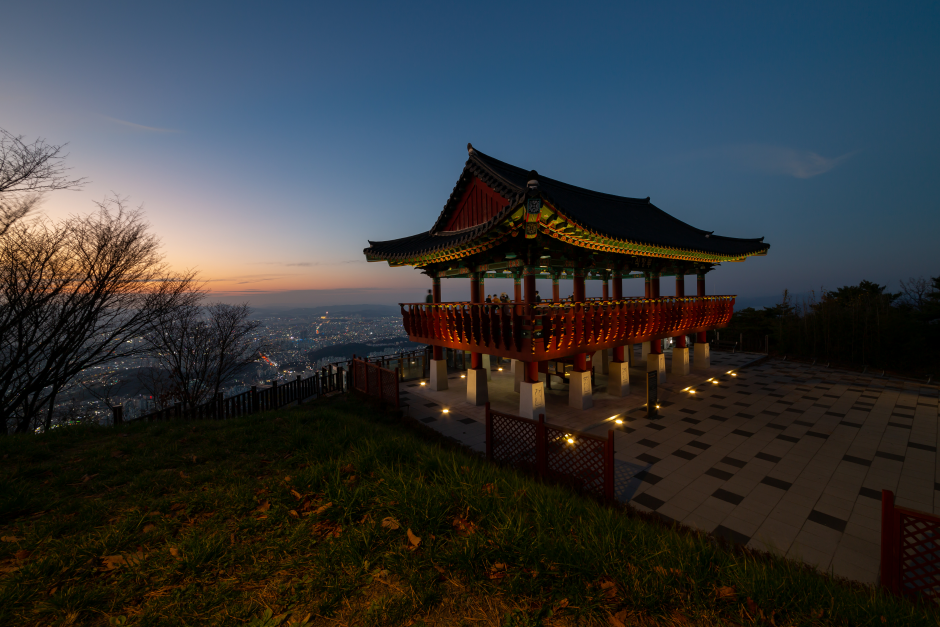
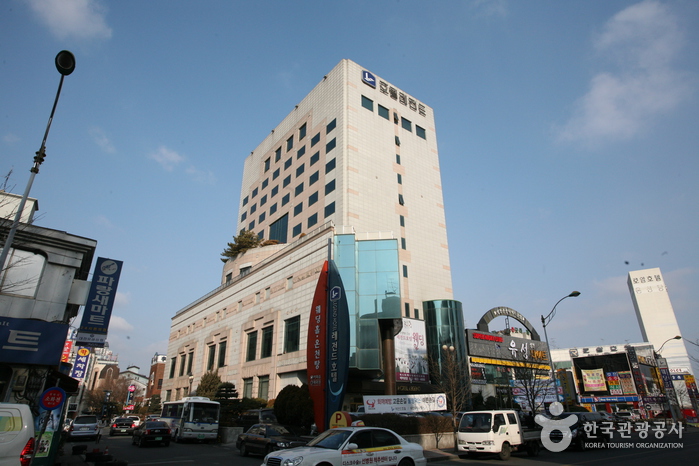
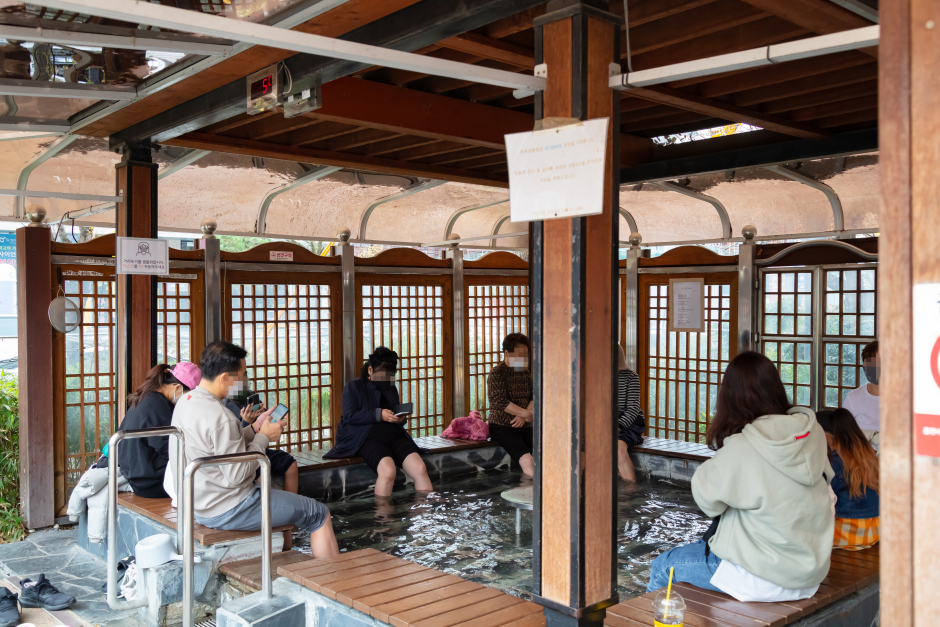
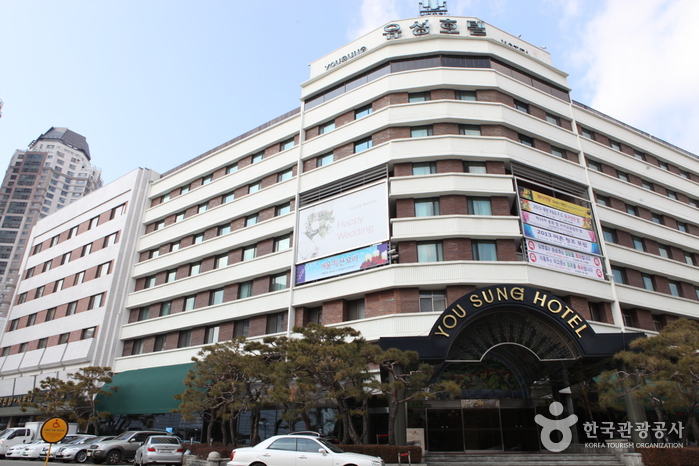

![Artbox - Chungnam Nat’l Univ. Branch [Tax Refund Shop] (아트박스 충남대)](http://tong.visitkorea.or.kr/cms/resource/38/2883538_image2_1.jpg)
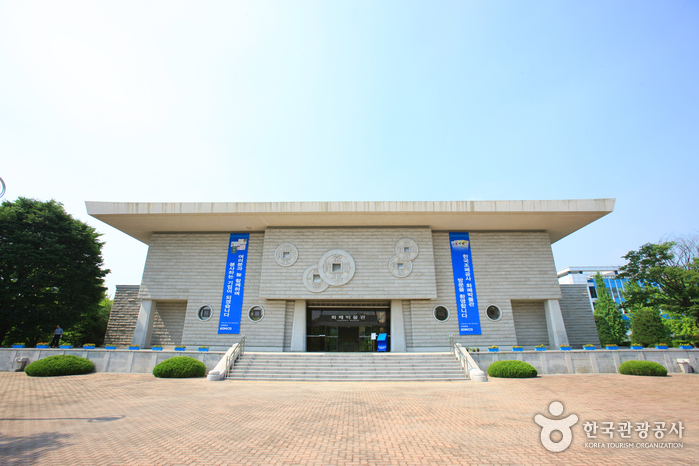
 English
English
 한국어
한국어 日本語
日本語 中文(简体)
中文(简体) Deutsch
Deutsch Français
Français Español
Español Русский
Русский